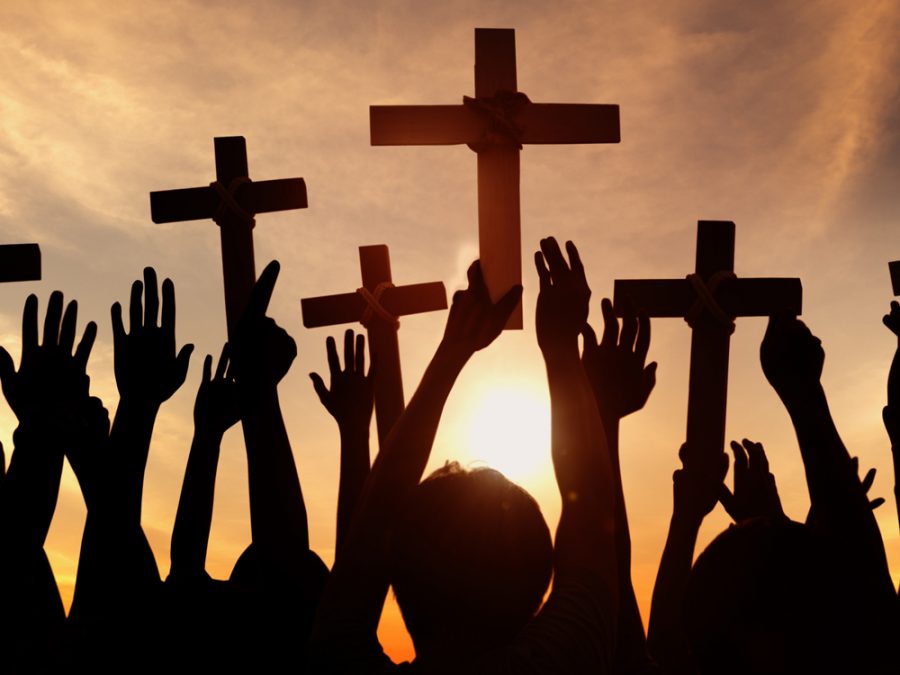Religion in the 13 Colonies: Foundations, Diversity, and Access
Introduction: The Religious Foundations of the 13 Colonies
The 13 American colonies were settled by diverse groups seeking new opportunities, religious freedom, and, in some cases, the right to practice their faith without persecution. Understanding the main religion in these colonies requires examining each region, their dominant denominations, and the evolving landscape of religious tolerance. This article provides a comprehensive look at the principal faith traditions in the colonies, explains how and why they varied, and offers actionable guidance for further research and education.
Regional Religious Dominance
New England: Congregationalism and the Puritan Tradition
In the northern colonies-Massachusetts, Connecticut, Rhode Island, and New Hampshire-the Congregationalist Church (rooted in Puritanism) was predominant. These settlers largely left England to escape religious persecution, hoping to build communities based on strict biblical principles. Puritans and Separatists (including Pilgrims) believed in self-governing congregations and emphasized moral discipline, literacy (for Bible reading), and community oversight. The Congregationalist faith was the established church, meaning it received public support and legal protection, especially in Massachusetts and Connecticut. However, even within New England, dissenters like Baptists and Quakers advocated for more religious freedom, leading to the founding of Rhode Island as a haven of toleration [1] [2] [3] .
Middle Colonies: Religious Diversity and Pluralism
The middle colonies-New York, New Jersey, Pennsylvania, and Delaware-were the most religiously diverse. Early on, these regions welcomed a mix of Anglicans, Quakers, Lutherans, Presbyterians, Dutch Reformed, German Reformed, Baptists, Catholics, Jews , and other groups. Pennsylvania, founded by William Penn as a Quaker refuge, became especially famous for its policy of religious tolerance, attracting persecuted minorities from across Europe. Delaware’s settlers included Scandinavian Lutherans, Dutch Reformed, and later English Quakers and Welsh Baptists, while New York and New Jersey featured sizable populations of African Americans and Native Americans exposed to missionary work [1] [4] . Although the Anglican Church gained strength over time, no single denomination dominated, and pluralism became a hallmark of the region.
Southern Colonies: Anglicanism as State Religion
In the southern colonies-Virginia, Maryland, North Carolina, South Carolina, and Georgia-the Church of England (Anglicanism) was the established church, meaning it was formally supported by law and tax revenue. In Virginia and the Carolinas, laws required attendance at Anglican services and provided financial support to parish priests. Maryland was originally founded as a haven for Catholics, but over time, Anglicans asserted dominance, and religious toleration ebbed and flowed based on shifting political forces. Despite Anglican predominance, Baptists, Presbyterians, Quakers, and other groups grew steadily, sometimes facing legal or social discrimination but ultimately contributing to the region’s religious diversity [1] [3] [5] .
Religion and Law: Establishment, Tolerance, and Change
Religious establishment meant that certain churches received official recognition and support, while others faced restrictions or persecution. Over time, however, the middle colonies’ pluralism and the influence of Enlightenment philosophy led to greater calls for religious freedom. Notably, Pennsylvania’s first constitution promised that all who believed in God and agreed to peaceful civil government would not be molested for their faith [3] . The gradual shift toward religious tolerance and separation of church and state laid the groundwork for the principles enshrined in the U.S. Constitution and Bill of Rights, which guarantee freedom of religion for all Americans [2] .

Source: fr.dreamstime.com
Diversity and Minorities: Beyond Christian Denominations
While Christianity was the dominant faith tradition, the religious landscape of the 13 colonies also included small but significant populations of Jews, Catholics, and others. Jewish communities, though very small, were present in cities like New York and Philadelphia. Roman Catholics were concentrated in Maryland and Pennsylvania, with Maryland initially providing a haven before Anglican establishment limited their rights [1] . African Americans and Native Americans were subject to missionary efforts, with some converting to Christianity and forming their own congregations. The variety of faiths contributed to the broader push for religious freedom and pluralism.
Practical Steps for Learning More
If you wish to explore the religious history of the 13 colonies in greater depth or access primary sources and expert research, consider these actionable approaches:
- Visit established educational websites, such as the official Encyclopædia Britannica Kids site, for concise overviews and scholarly articles on colonial religion. You can search for “Religion in Colonial America” or “Thirteen Colonies religion” for curated resources [1] .
- Consult academic organizations and nonprofit history resources. The National Humanities Center provides in-depth essays and source documents on religious pluralism and colonial life. Search for “religious pluralism in the middle colonies” or “colonial religious tolerance” to find relevant materials [4] .
- Explore museum archives and digital libraries for primary sources, such as colonial charters, laws, and church records. Many universities and public libraries host online collections-use search terms like “colonial church records” or “colonial religious laws.”
- Read scholarly articles and essays published by organizations like Facing History and Ourselves , which examine the trends, regulations, and beliefs shaping colonial religious life [3] .
- For students, educators, or researchers, visiting local historical societies or contacting state archives can uncover unique regional materials and expert guidance. Try searching for “state historical society colonial religion” with your state name.
Challenges, Alternatives, and Key Takeaways
Studying the religious history of the 13 colonies presents challenges, such as incomplete records, regional variations, and evolving laws. To overcome these, use multiple sources, compare scholarly interpretations, and seek out primary documents whenever possible. Consider alternative approaches, such as attending lectures at local universities, joining historical reenactment groups, or connecting with faith-based organizations that preserve colonial traditions.

Source: shannicereya.blogspot.com
The key takeaway is that while Congregationalism dominated New England and Anglicanism prevailed in the South, the middle colonies were defined by diversity and tolerance. Over time, religious pluralism and democratic ideals transformed American law, guaranteeing the freedom of belief and worship.
References
- [1] Encyclopædia Britannica Kids (2025). Religion in the 13 Colonies.
- [2] American Heritage (2018). The Religious Landscape of the Thirteen Original Colonies.
- [3] Facing History and Ourselves (2016). Religion in Colonial America: Trends, Regulations, and Beliefs.
- [4] National Humanities Center (2008). Religious Pluralism in the Middle Colonies.
- [5] AACS Journal (Year unknown). The Christian Foundation of America’s Original Thirteen Colonies.



